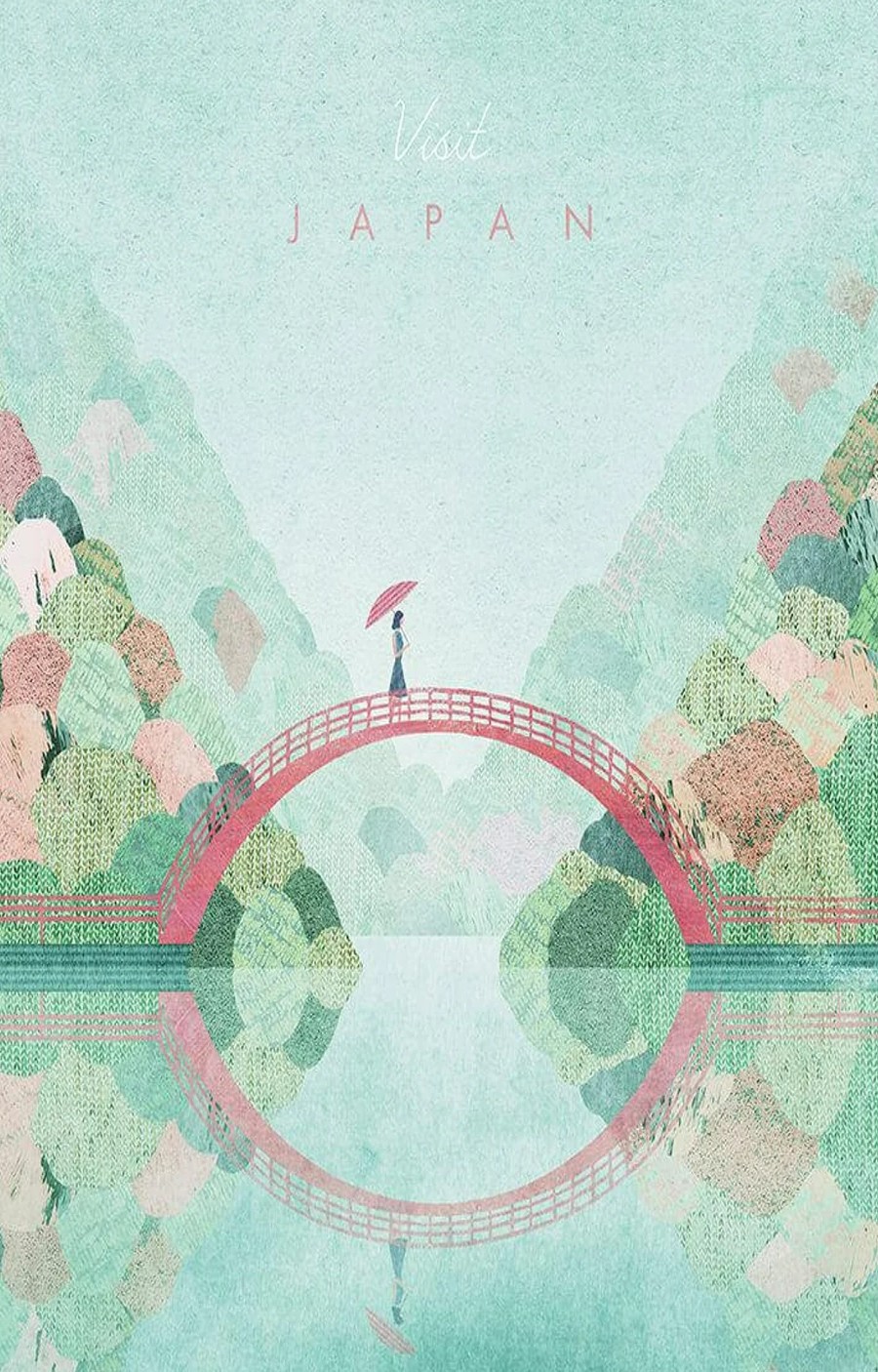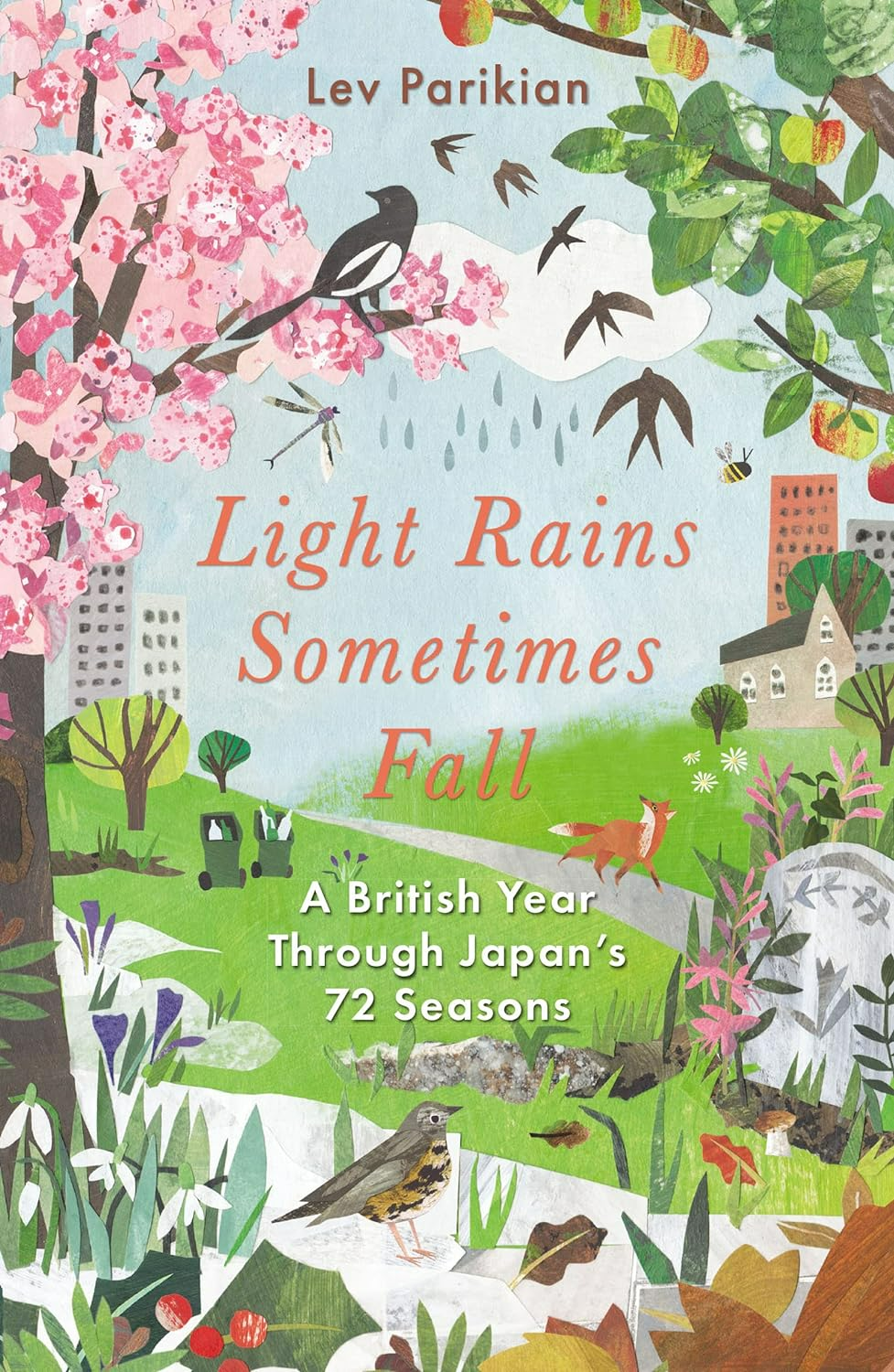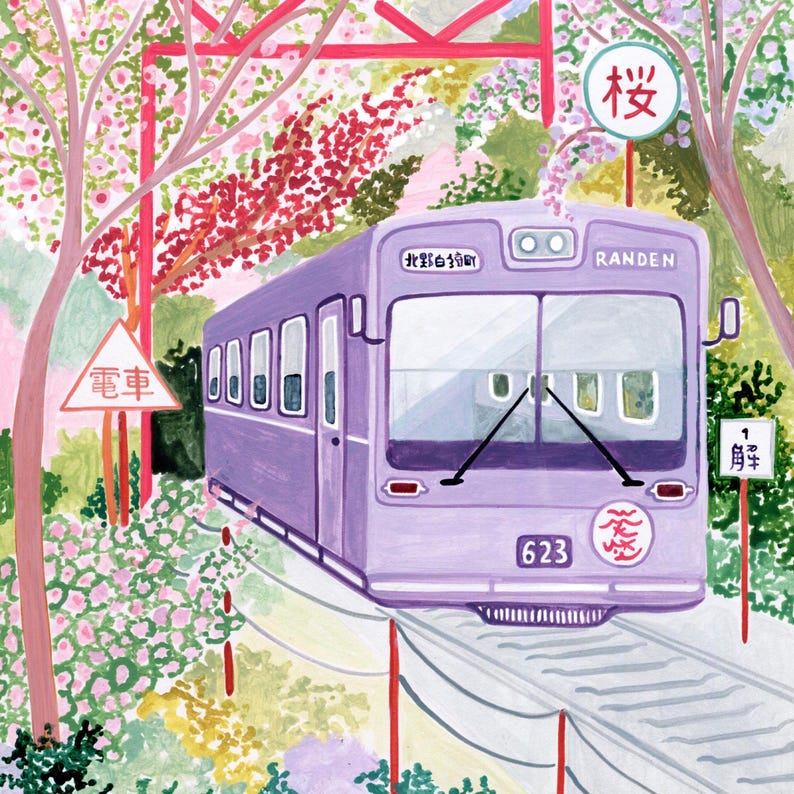
Japan is mostly islands, with only a few urban areas, one of which is Tokyo. But all cities are better at protecting the planet than here, with hardly any litter (like Switzerland). One town has 45 separate categories, so consider that if you find it a chore to separate stuff into three bins! And the streets are so clean, it’s common practice for dog-walkers to not just pick up the poop, but carry a little bottle of water to rinse the pavement afterwards!
Whether people eat fish or soy, there are little markets for ready-meals, with most people eating heaps of vegetables and noodles, the only downside being a strong work culture, that goes too far the other way (many workers are exhausted). Yet top managers all have to spend a day a year on the factory floor, to be aware of how all employees experience working life.
The other caveat that needs to be addressed is that despite being fairly litter-free themselves, the country exports a good portion of the world’s packaging elsewhere. And locals tend to be hygiene-obsessed, so maybe sometimes go a bit overboard on packaging themselves. But overall Japanese people respect their natural world better than us. You won’t find streets filled with sweet wrappers, fast food packaging or cigarette butts in Japan!
Animal welfare in Japan is a hot topic right now, after a horse died during a 680-year old Shinto festival. The charity has a long history, beginning after World War II when the founders began to raise money to help emaciated and dying dogs and horses.
Japan is a unique country, likely most of us has never visited. You may consider Japan as home of lovely buildings, macaque monkeys (who like to throw snowballs in hot springs) , but what else do we know about this most unusual of countries? In fact, it’s home to some of the healthiest people on earth, who regularly live to over 100 with no ill health until end-of-life.
a British year through Japan’s 72 seasons

Light Rains, Sometimes Fall is a beautifully written book influenced by the prisom of Japan’s 72 ancient microseasons. Across 12 months, the writer charges changes that each of these ancient microseasons (just a few days each) brings to his local patch – garden, streets, parks and wild cemetary. From the birth of spring in early February to ‘the greater cold’ in late January, he draws out eye to the beauty of the outside world, day-to-day.
- Rain sometimes turns to hail
- Dunnock song defies traffic noise
- Woodpeckers start drumming
- Blackthorn sheds blossom
- Crows start building nests
- First chiffchaff sings
- Spring butterflies add colour
- Fox cubs start to play
- Swifts fly home
- Fruit falls to the ground
- Dragonflies lay eggs on water
- Some leaves turn yellow
- Spiders appear in sheds
- Mud all over the place!
- Magnolia shows first buds
Instead of Japan’s lotus blossom, praying manti and bear – he watches bramble, woodlouse and urban fox, hawthorn, dragonfly and peregrine. But the seasonal rhythms and power of nature to enhance our mood remain. Both a nature diary and a revelation of the beauty of small subtle changes in nature, this book allows us to ‘look, look again, look better’:
A fresh new look at the microseasons of nature’s calendar, and beautifully written prose. Stephen Moss
Buy this book and plant it somwhere handy. It will transport you to a wilder, gentler, more beautiful world. Ann Pettifor
Lev Parikian is a writer and conductor who lives in West London. As a birdwatcher, his most prized sightings are a golden oriole in the Alpujarras (and a black redstart at Dungeness Power Station).
appreciating our cherry blossom (like Japan!)

In Japan, the annual cherry blossom season from the end of March to the end of May is celebrated by everyone, with locals gathering to stop and stare at over 1 million cherry trees for a stunning seasonal spectacle of blooms. ‘Cherry’ Ingram is the Englishman credited with saving cherry blossoms in Japan, after he began to send rare varieties from his own garden to Japan, with help of a network of ‘cherry guardians’.
Cherry blossom trees contain natural cyanide, so keep away from pets, horses & livestock. Read more on toxic plants & trees to avoid near animal friends.
Cherry trees produce stone fruits as well as blossom. Related to plum & peach trees, the flowers produce spectacular blooms that are noted the world over. When they bloom in England depends on the weather and location, but usually you can find them in full flower in many of the London royal parks, alongside other locations throughout England. With climate change, some trees are now blooming as early as February.






